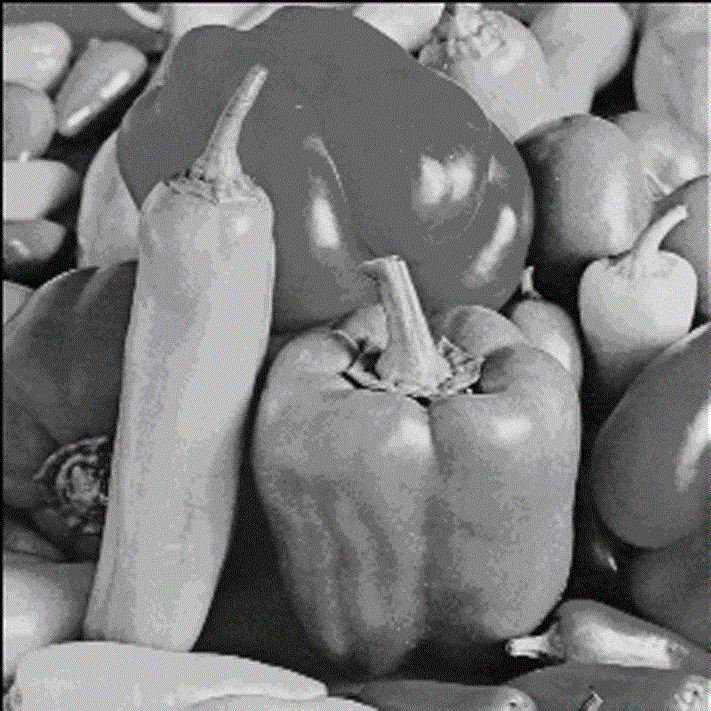De-noising method based on external block autoencoding learning and internal block clustering
A self-encoding and self-encoding model technology, applied in the field of computer vision, can solve problems such as false edges, affecting image visual quality, forcing local self-similarity, etc., and achieves a noise-robust effect
- Summary
- Abstract
- Description
- Claims
- Application Information
AI Technical Summary
Problems solved by technology
Method used
Image
Examples
Embodiment Construction
[0027] The technical solution of the present invention will be specifically described below in conjunction with the accompanying drawings.
[0028] The present invention learns the characteristics of external natural image blocks through the automatic coding model in deep learning, and adopts a strategy from coarse to fine to realize global block clustering, and uses a low-rank approximation algorithm for each fine class to realize collaborative filtering between similar image blocks . This method combines the prior information of the external natural image and the internal self-similarity of the image, which can realize the complementarity of global and local information, thereby overcoming the false edge phenomenon caused by the forced local self-similarity in the block matching algorithm, and making the restored Images are more natural and realistic.
[0029] In order for those skilled in the art to further understand the technical solution proposed by the present inventio...
PUM
 Login to View More
Login to View More Abstract
Description
Claims
Application Information
 Login to View More
Login to View More - R&D
- Intellectual Property
- Life Sciences
- Materials
- Tech Scout
- Unparalleled Data Quality
- Higher Quality Content
- 60% Fewer Hallucinations
Browse by: Latest US Patents, China's latest patents, Technical Efficacy Thesaurus, Application Domain, Technology Topic, Popular Technical Reports.
© 2025 PatSnap. All rights reserved.Legal|Privacy policy|Modern Slavery Act Transparency Statement|Sitemap|About US| Contact US: help@patsnap.com



